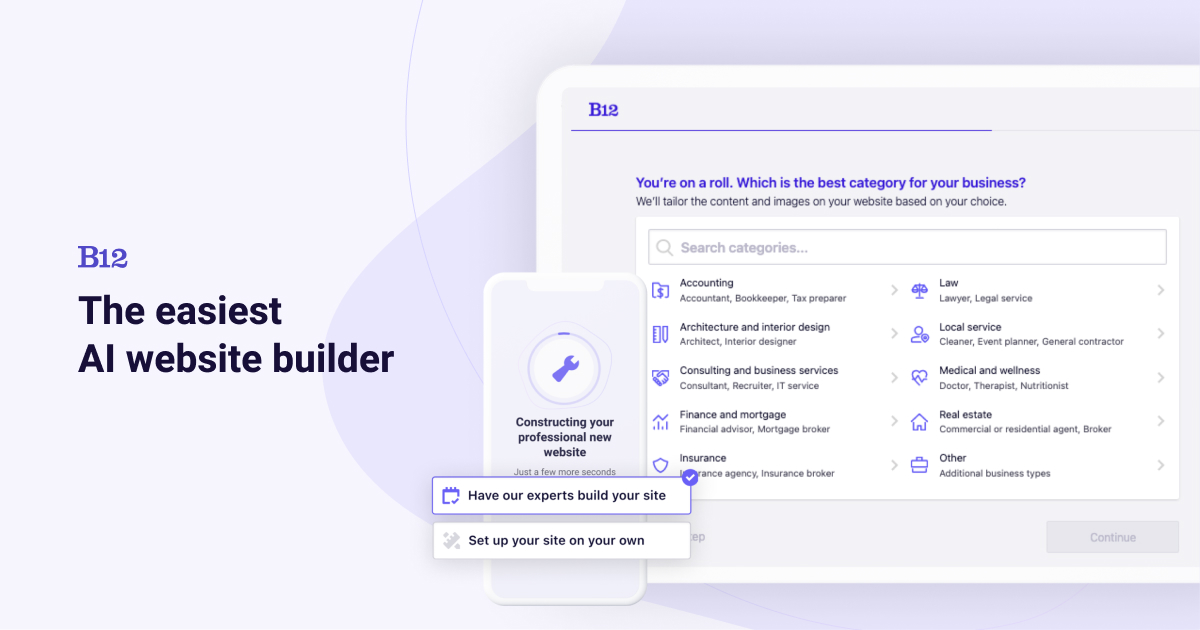How to Run More Productive Virtual Meetings
In the age of remote work and digital communication, virtual meetings have become an essential tool for many businesses and organizations. However, running effective and productive virtual meetings can be a challenge, as it requires different strategies and approaches compared to in-person meetings. In this article, we will explore some tips and best practices for running more productive virtual meetings, helping you make the most out of your online interactions.
1. Set Clear Objectives
Before hosting a virtual meeting, it’s essential to set clear objectives and communicate them to the participants. Whether you need to brainstorm ideas, make decisions, or provide updates, having a clear goal in mind will help keep the meeting focused and productive. By outlining the objectives in advance, you can ensure that everyone is on the same page and that the discussion stays on track.
2. Choose the Right Technology
Selecting the right technology platform for your virtual meetings is crucial for ensuring a smooth and productive experience. Consider factors such as the number of participants, the need for screen sharing or breakout rooms, and the overall reliability and user-friendliness of the platform. Whether you opt for Zoom, Microsoft Teams, Google Meet, or any other tool, make sure that the chosen platform meets your specific requirements and provides a seamless virtual meeting experience.
3. Prepare an Agenda
Just like in-person meetings, virtual meetings benefit from having a well-prepared agenda. This document should outline the topics to be discussed, the time allocated for each agenda item, and any materials or resources needed for the meeting. By sharing the agenda with the participants in advance, you can help them prepare and contribute to the discussion more effectively. Additionally, having a structured agenda will help keep the meeting organized and avoid unnecessary tangents.
4. Encourage Active Participation
In a virtual meeting setting, it’s important to create opportunities for active participation among the attendees. Consider using interactive features such as polls, chat functions, or virtual hand raising to engage the participants and gather their input. Encouraging everyone to contribute to the discussion and share their thoughts can lead to more fruitful and collaborative virtual meetings.
5. Establish Meeting Etiquette
Virtual meetings require a certain level of etiquette to ensure smooth and effective communication. Establishing ground rules, such as muting microphones when not speaking, raising hands to indicate a desire to speak, and avoiding multitasking during the meeting, can help maintain a professional and respectful atmosphere. By setting clear expectations for behavior, you can minimize distractions and maintain the focus on the meeting’s objectives.
6. Utilize Visual Aids
Visual aids, such as slideshows, diagrams, and charts, can be valuable tools for enhancing the effectiveness of virtual meetings. Visual content can help illustrate key points, keep the audience engaged, and facilitate a better understanding of complex concepts. Whether you use screen sharing capabilities or prepare visual materials in advance, incorporating visual aids can improve the overall quality of the virtual meeting.
7. Record and Share Meeting Notes
Recording the virtual meeting and sharing the notes with the participants afterward can be beneficial for several reasons. It allows those who couldn’t attend to catch up on the discussion, serves as a reference for follow-up actions, and provides a record of decisions made during the meeting. Additionally, having access to meeting recordings and notes can help reinforce accountability and ensure that the outcomes of the virtual meeting are well-documented.
8. Follow Up with Action Items
After the virtual meeting concludes, it’s important to follow up with clear action items and responsibilities assigned to the participants. Following through on the decisions made during the meeting, setting deadlines for tasks, and tracking progress can help ensure that the meeting’s outcomes translate into tangible results. By keeping everyone accountable and informed about the next steps, you can maximize the impact of the virtual meeting.
9. Solicit Feedback for Continuous Improvement
Gathering feedback from the participants after the virtual meeting can provide valuable insights for improving future meetings. Consider sending out a survey or conducting a brief debriefing session to collect input on the meeting’s effectiveness, the clarity of communication, and the overall experience. By actively seeking feedback, you can identify areas for improvement and refine your approach to running virtual meetings in the future.
Conclusion
In conclusion, running more productive virtual meetings requires careful planning, clear communication, and the thoughtful use of technology. By setting clear objectives, utilizing the right tools, and creating opportunities for active participation, you can ensure that your virtual meetings are engaging, focused, and impactful. By following the tips outlined in this article and remaining open to feedback, you can elevate the quality of your virtual meetings and drive better outcomes for your team or organization.

